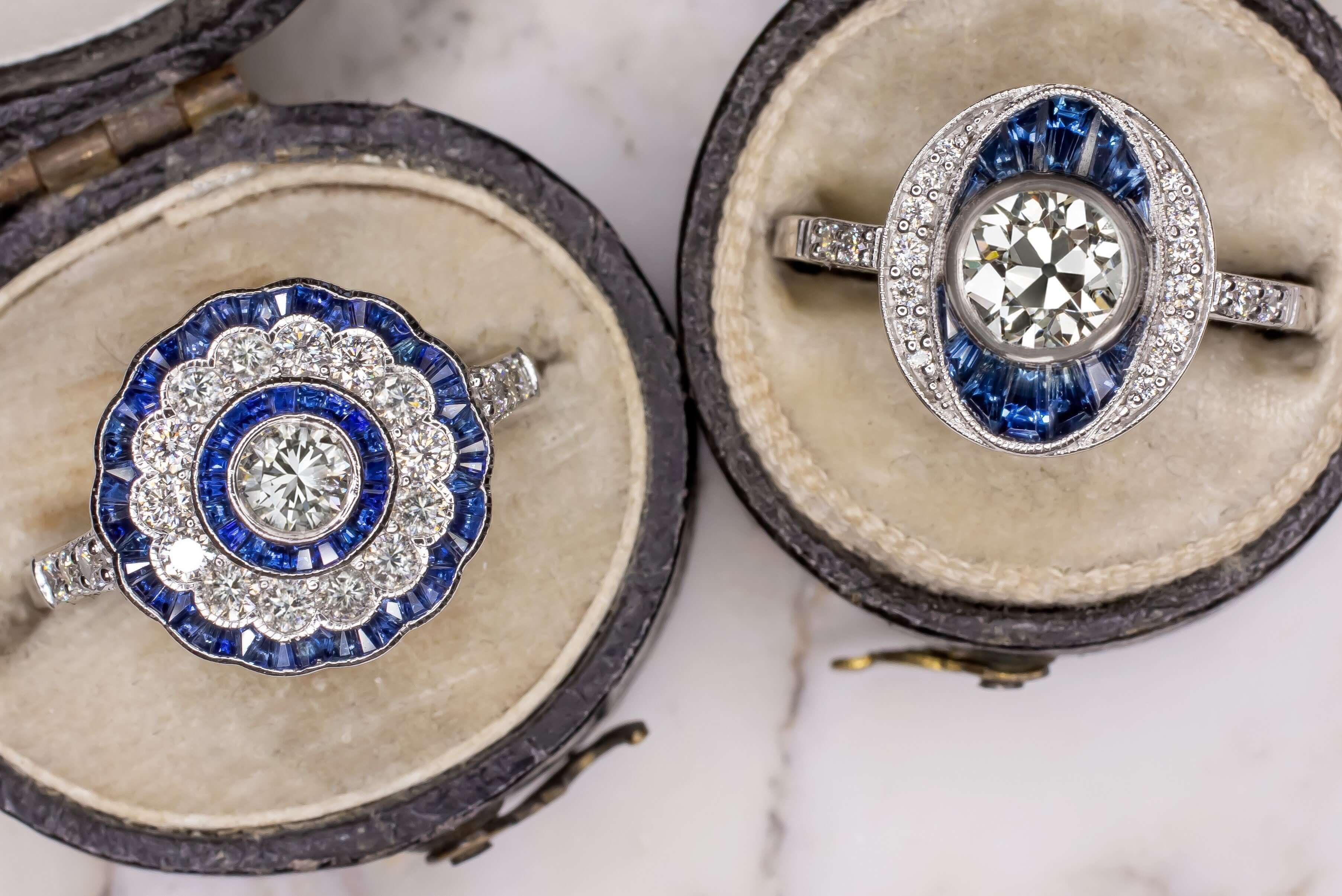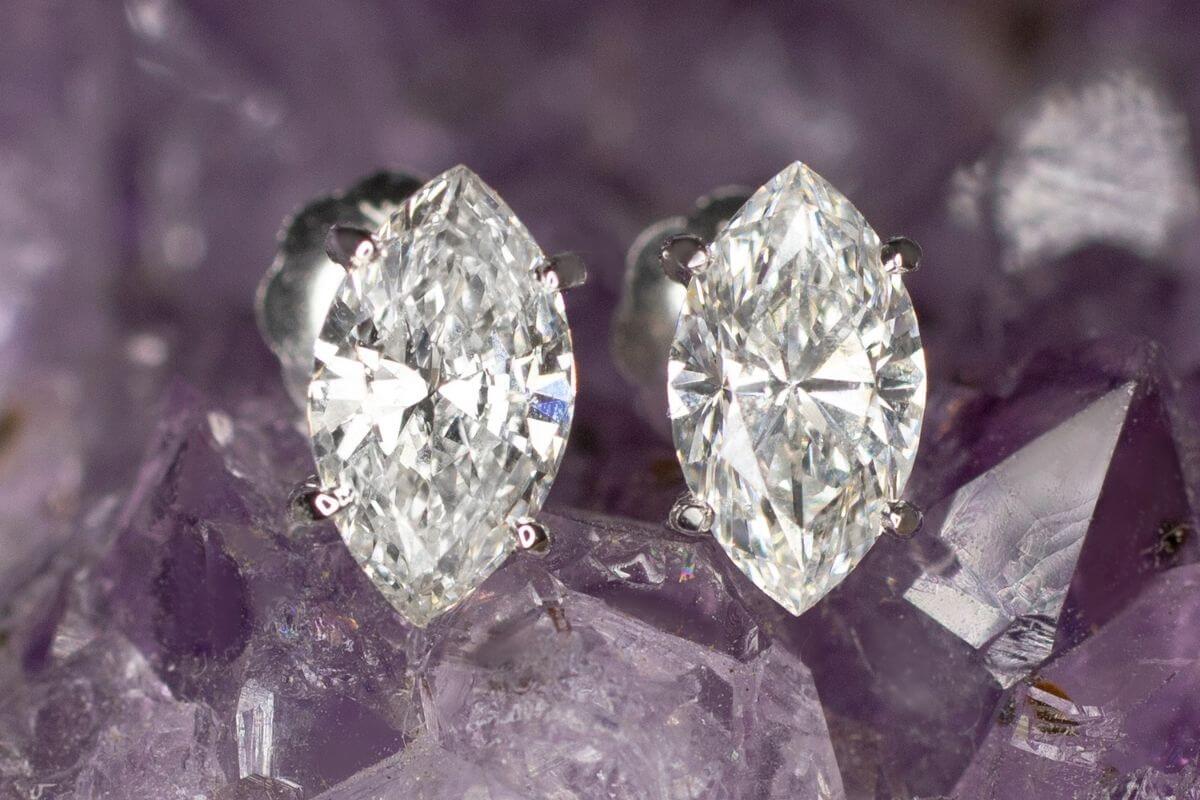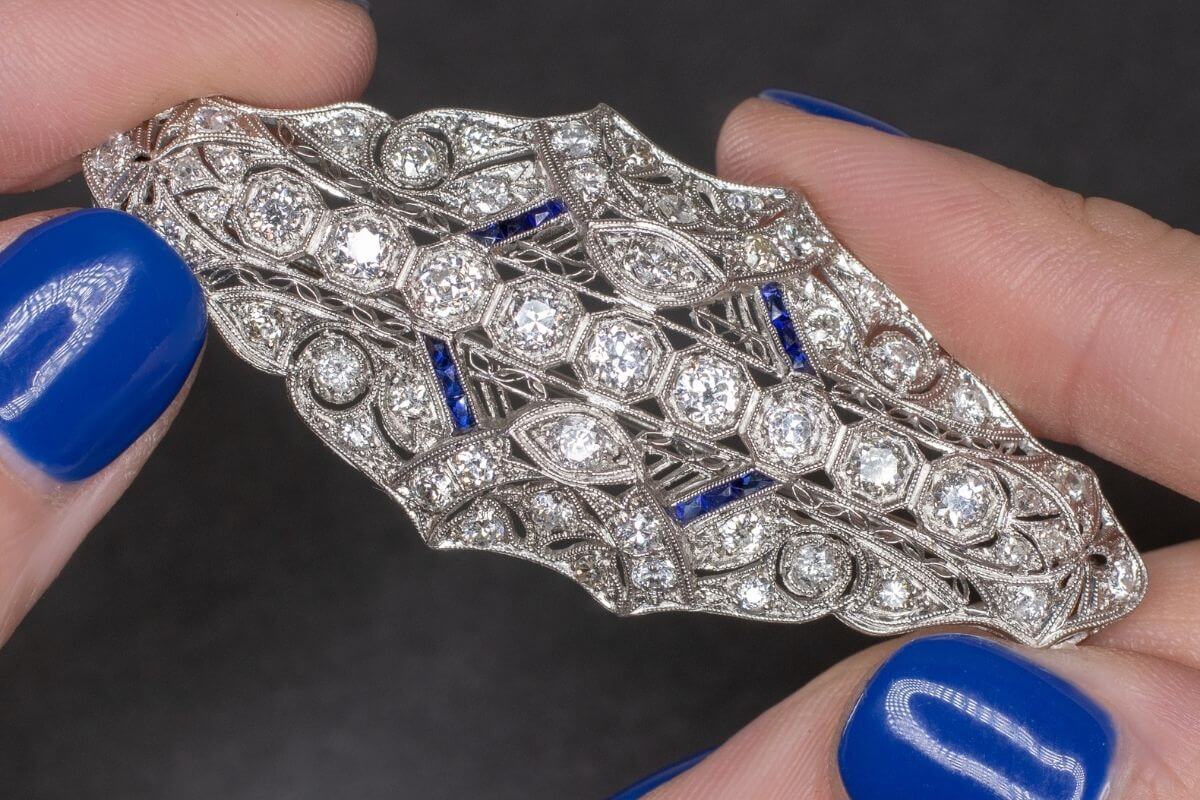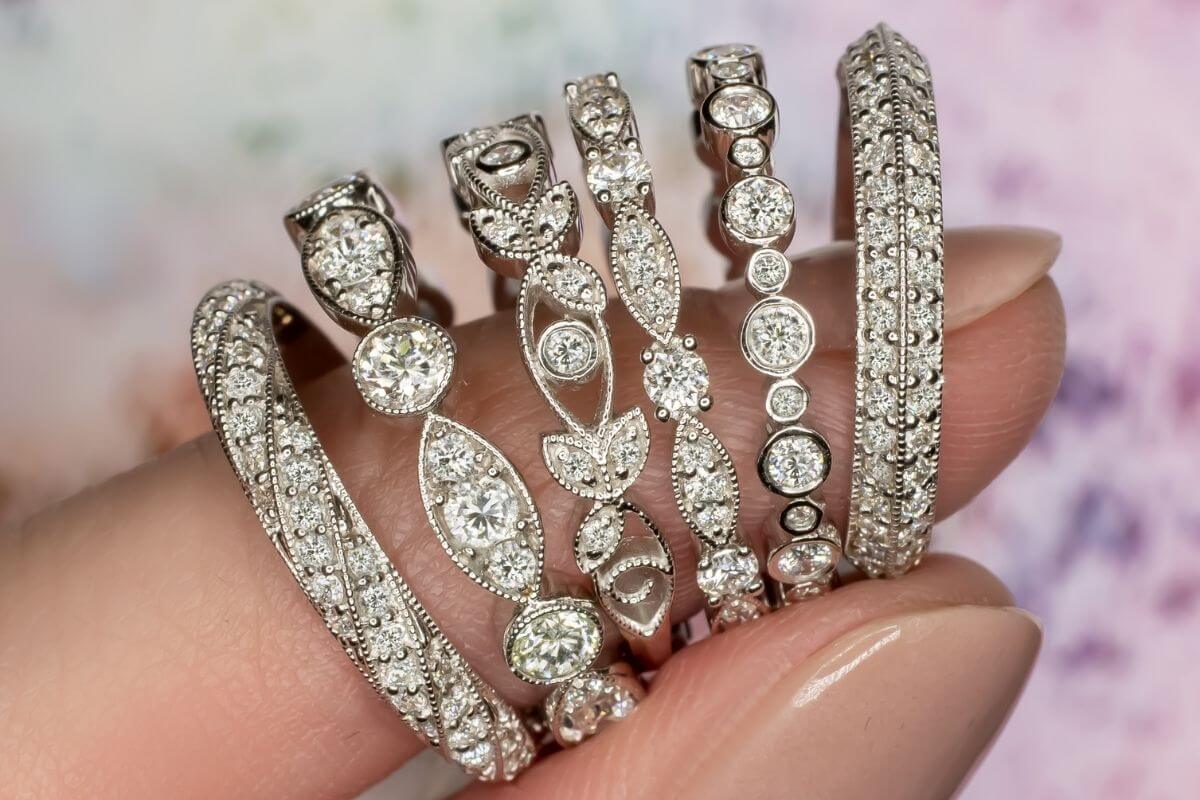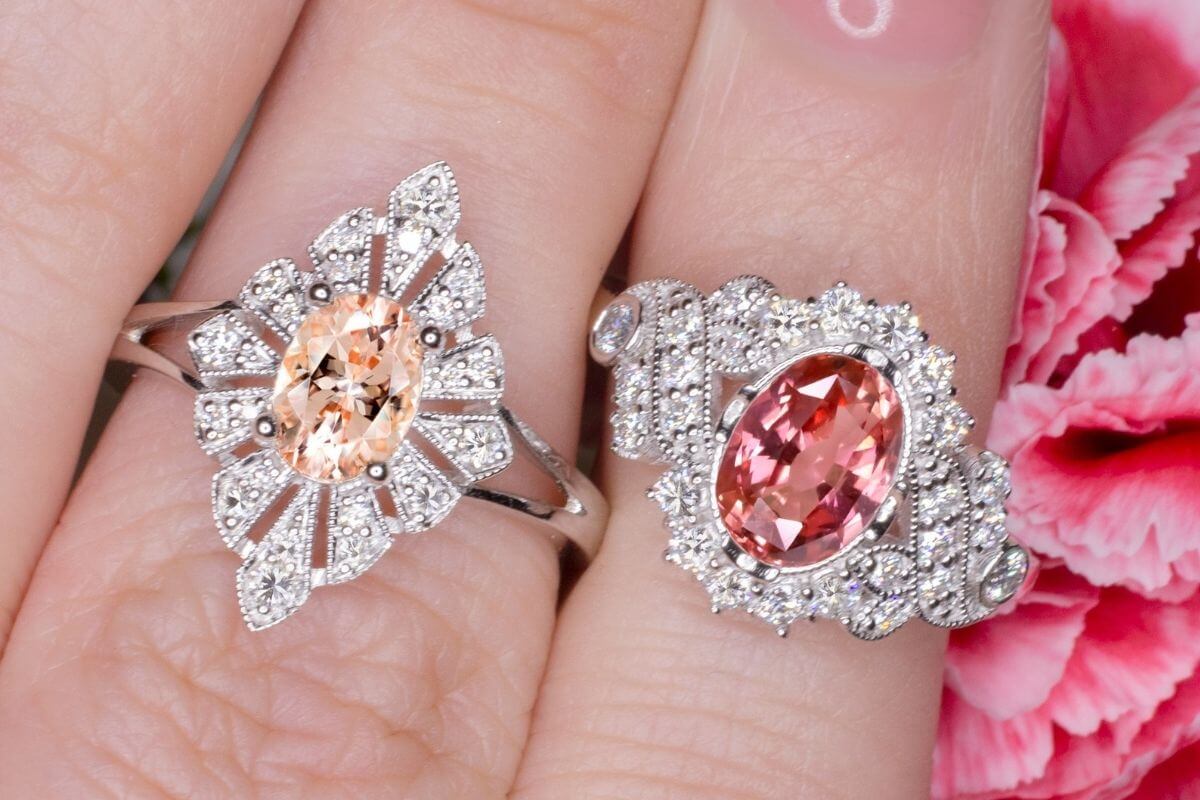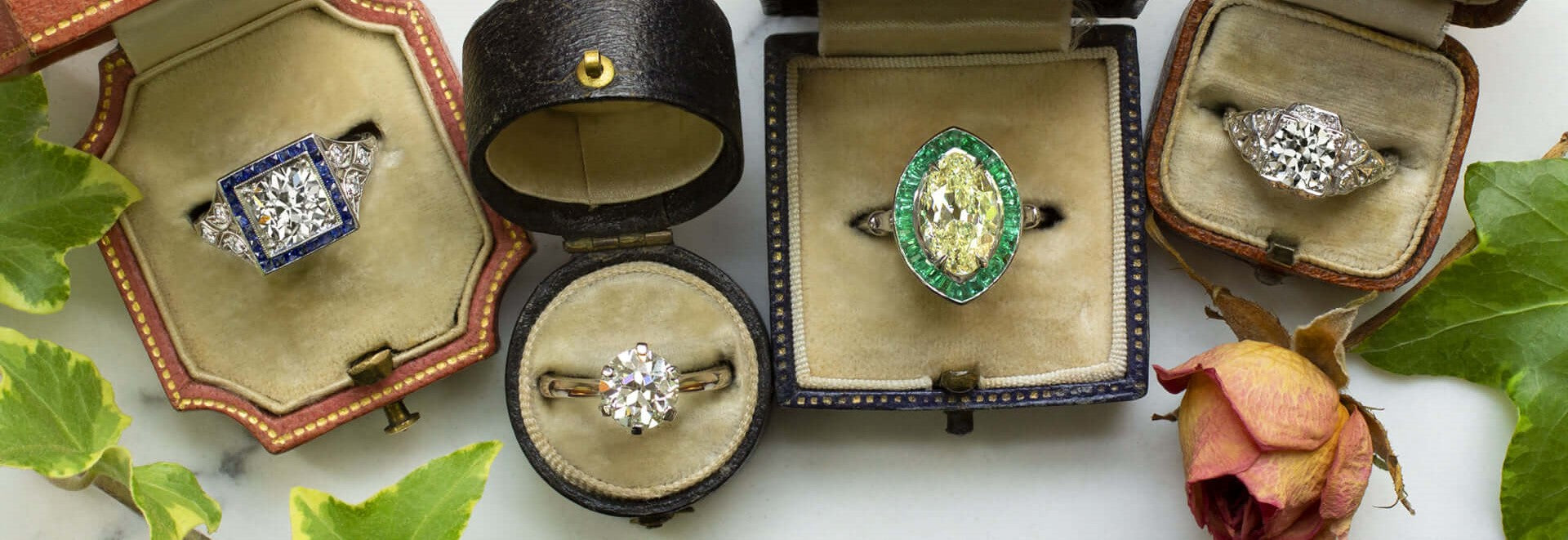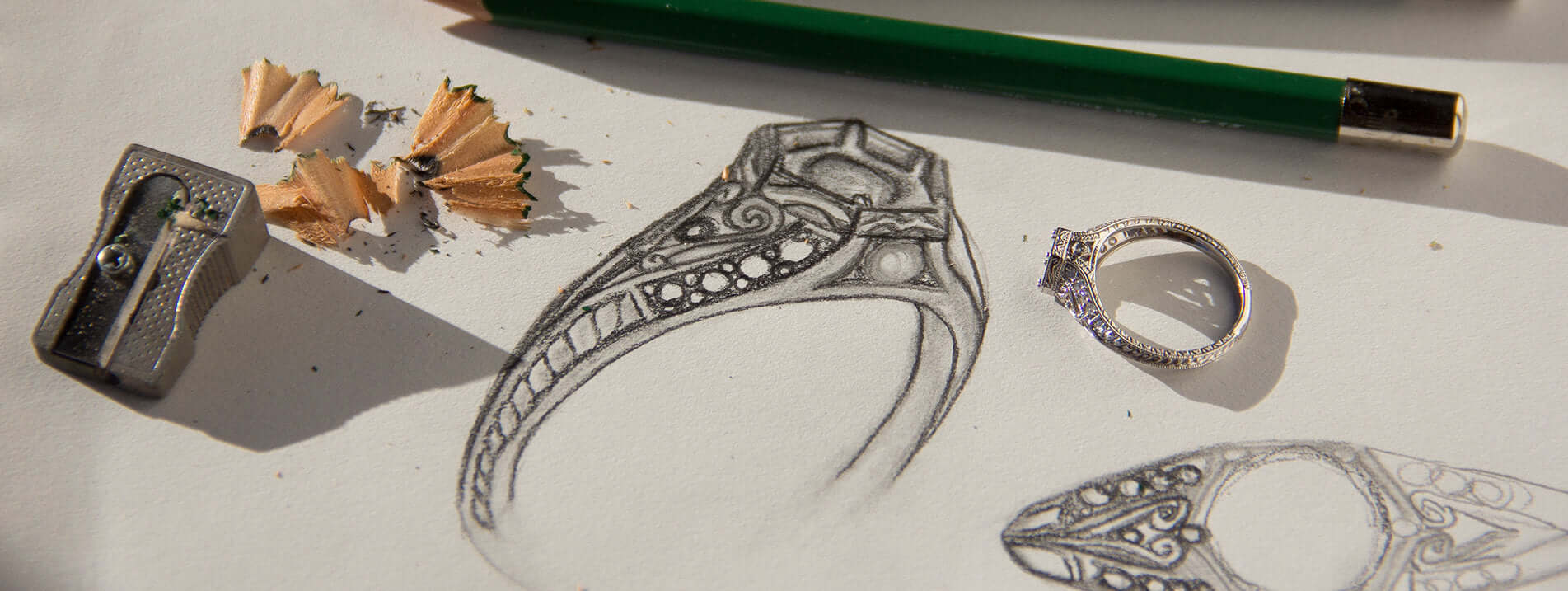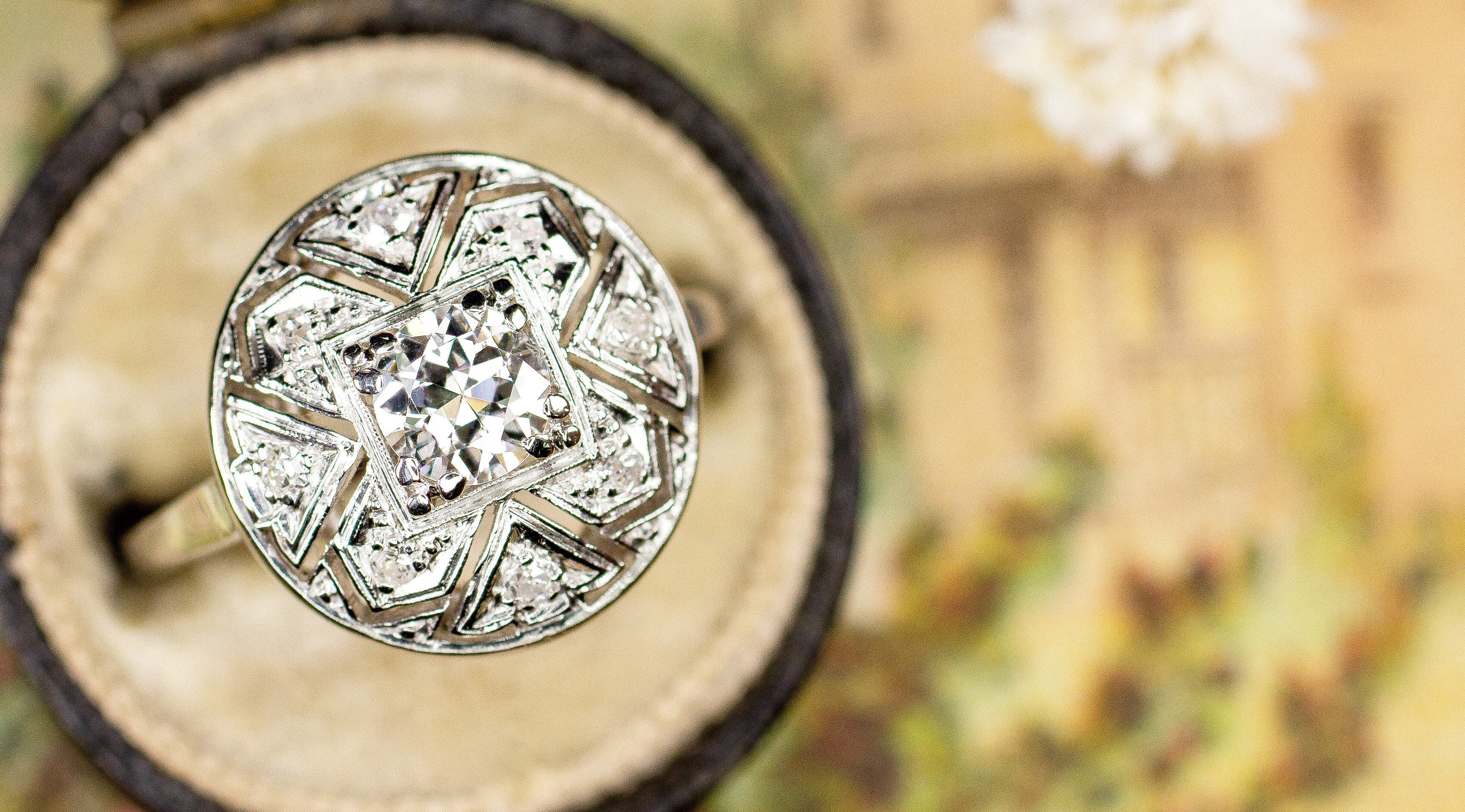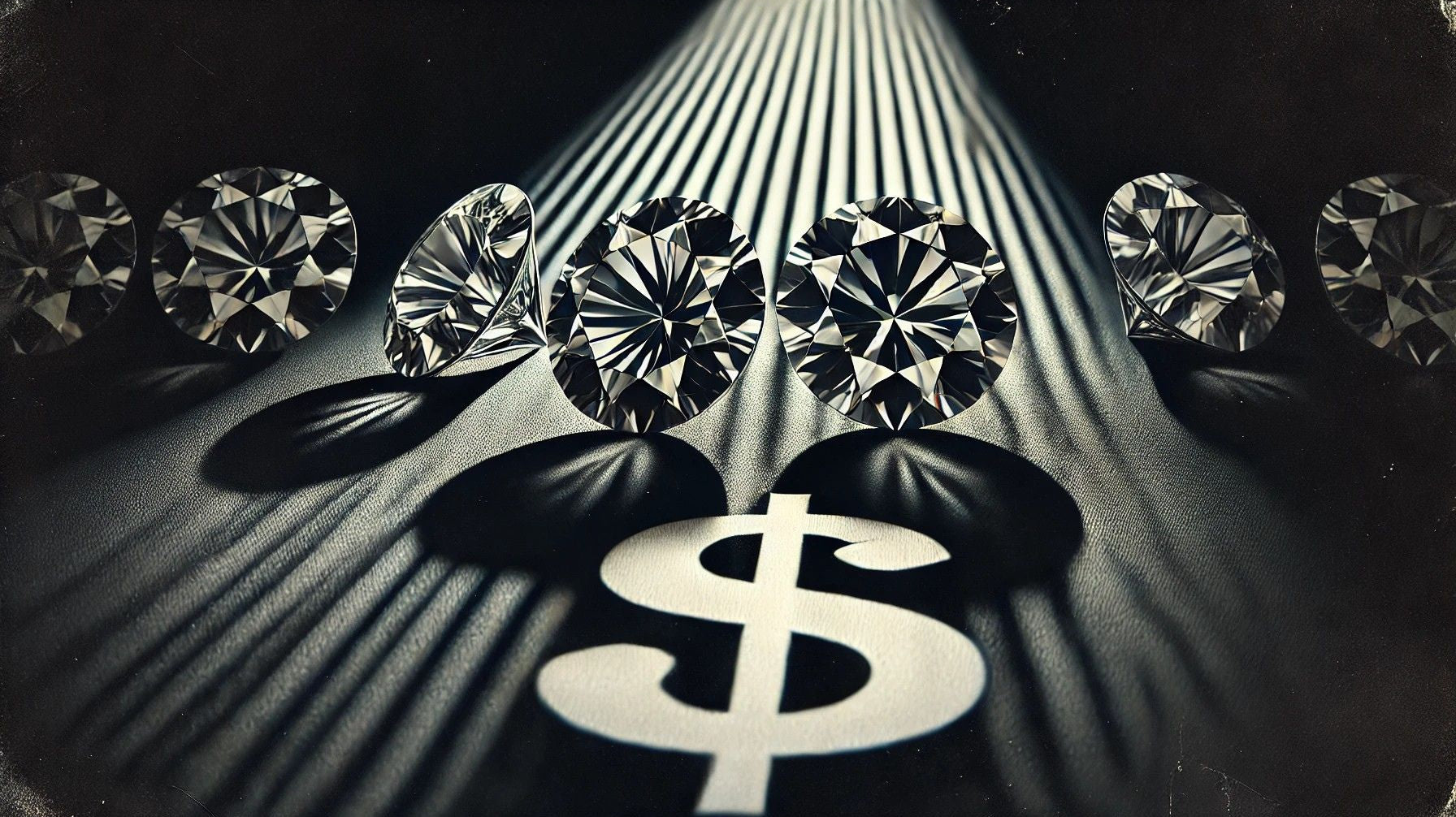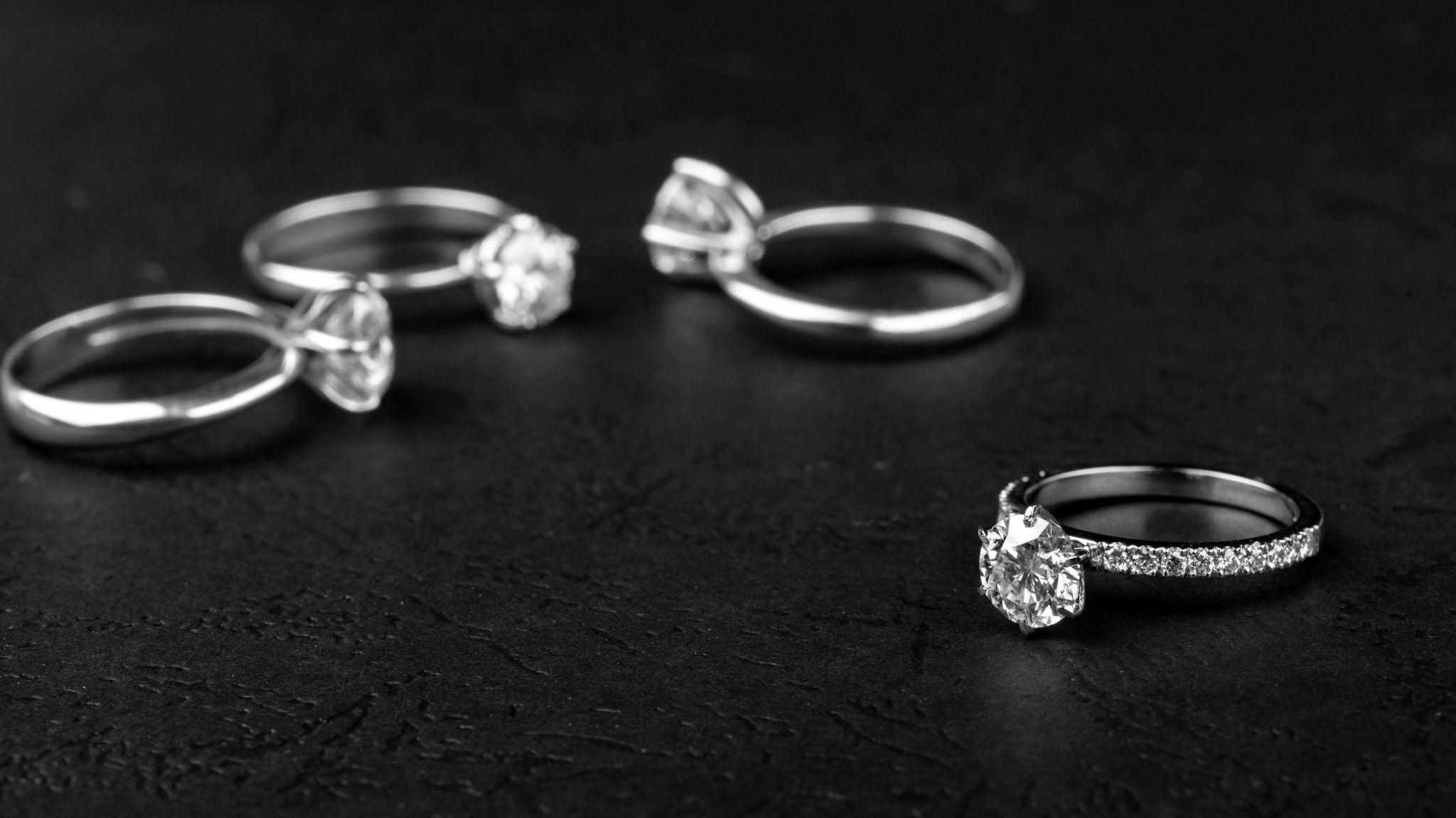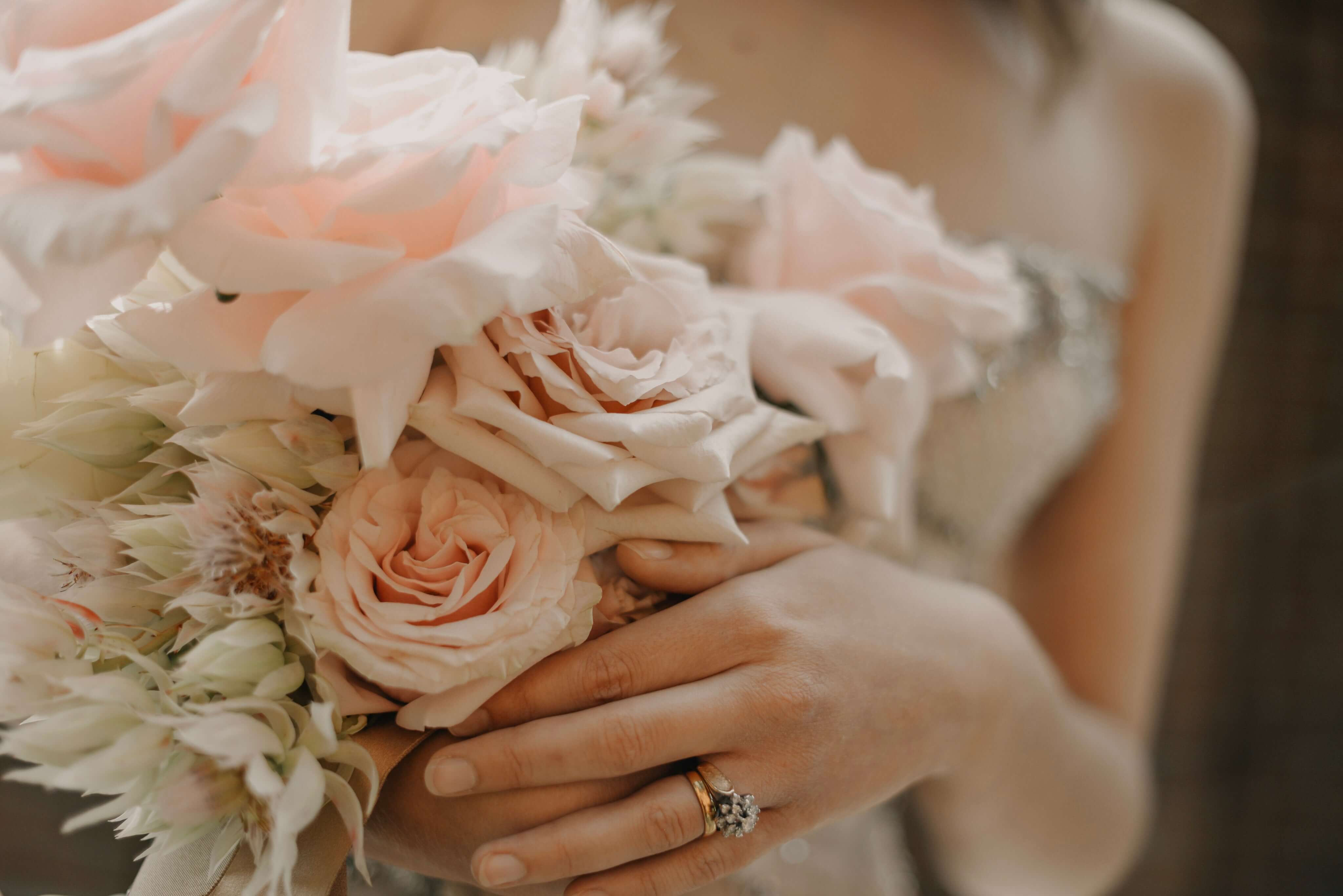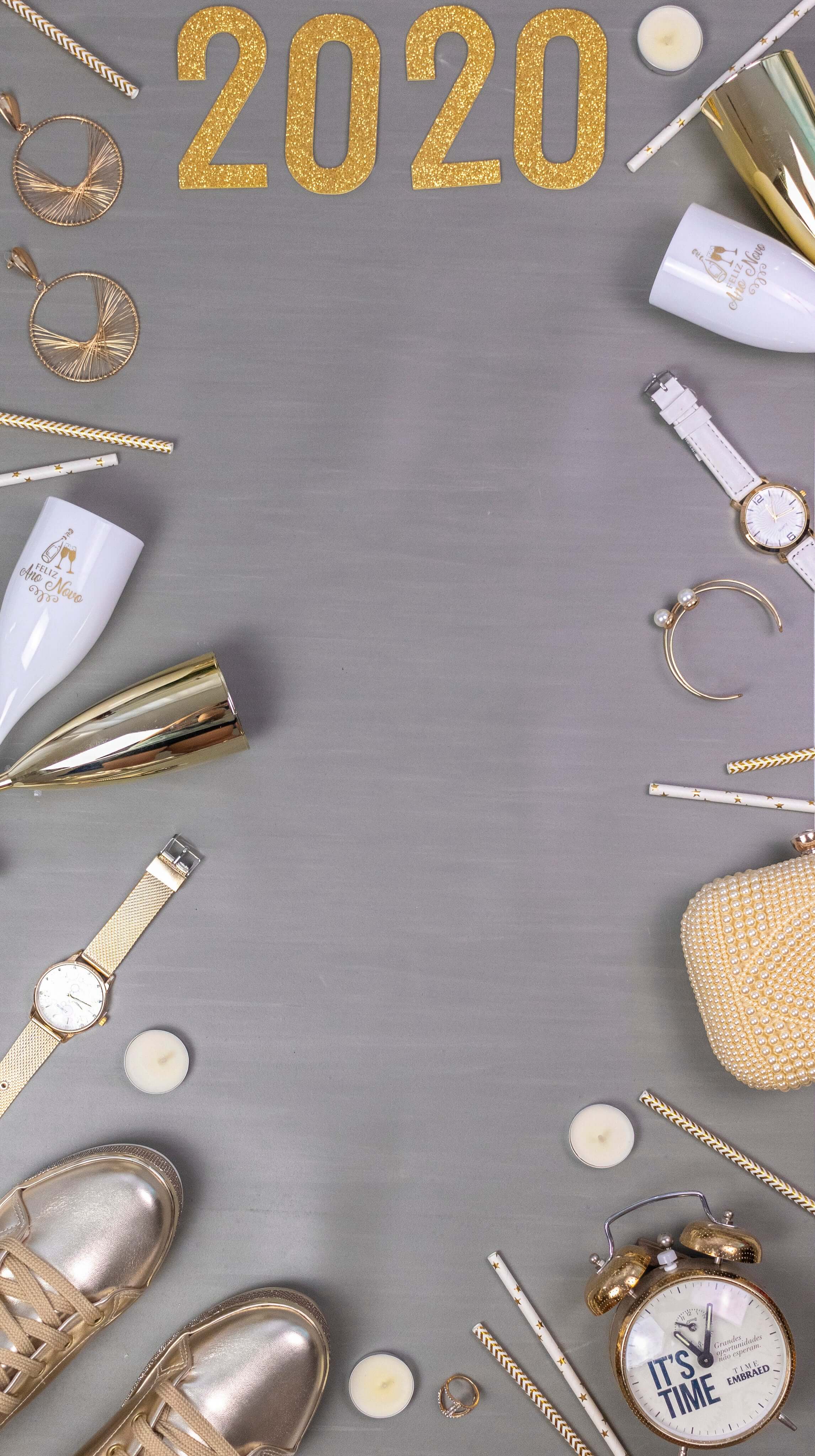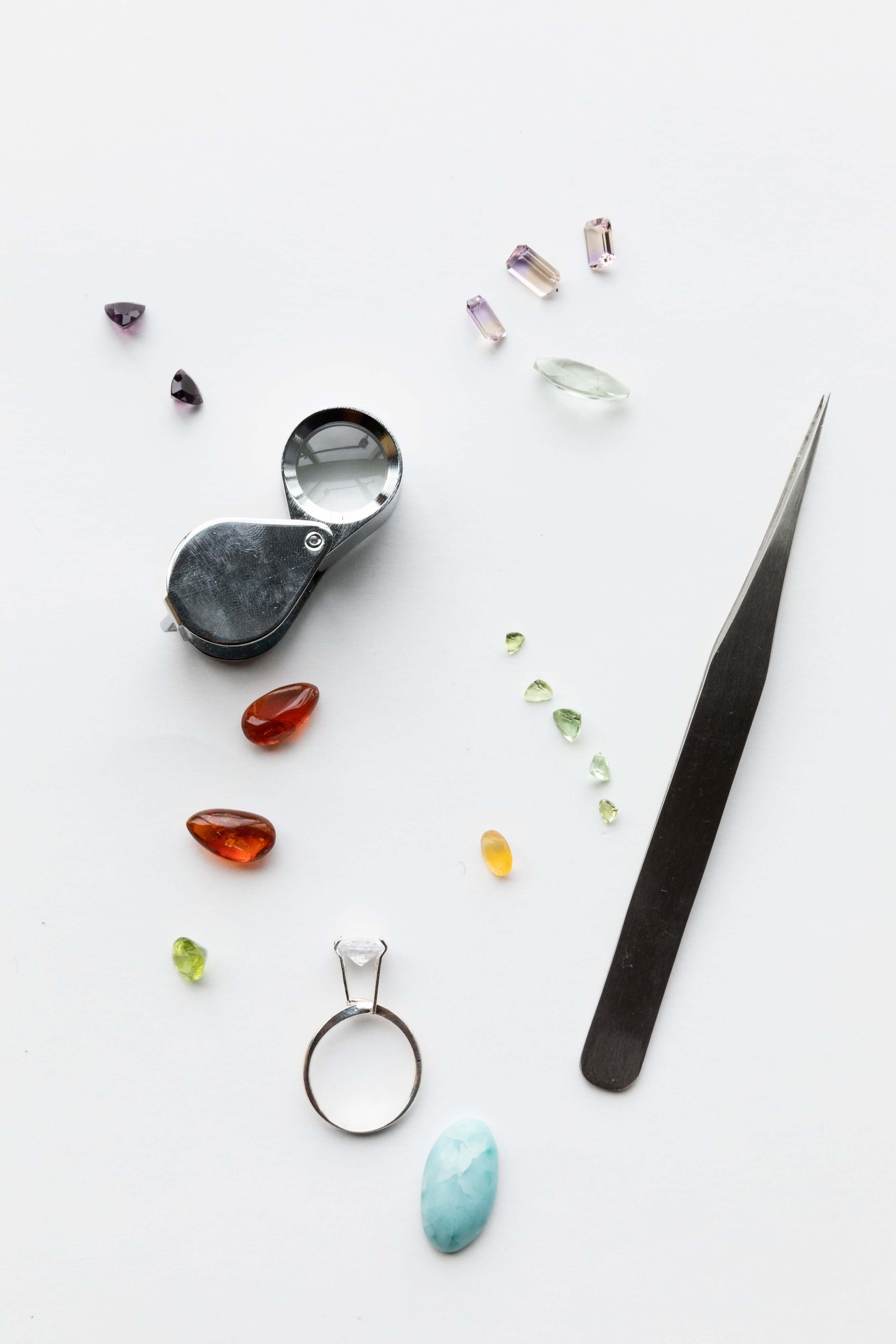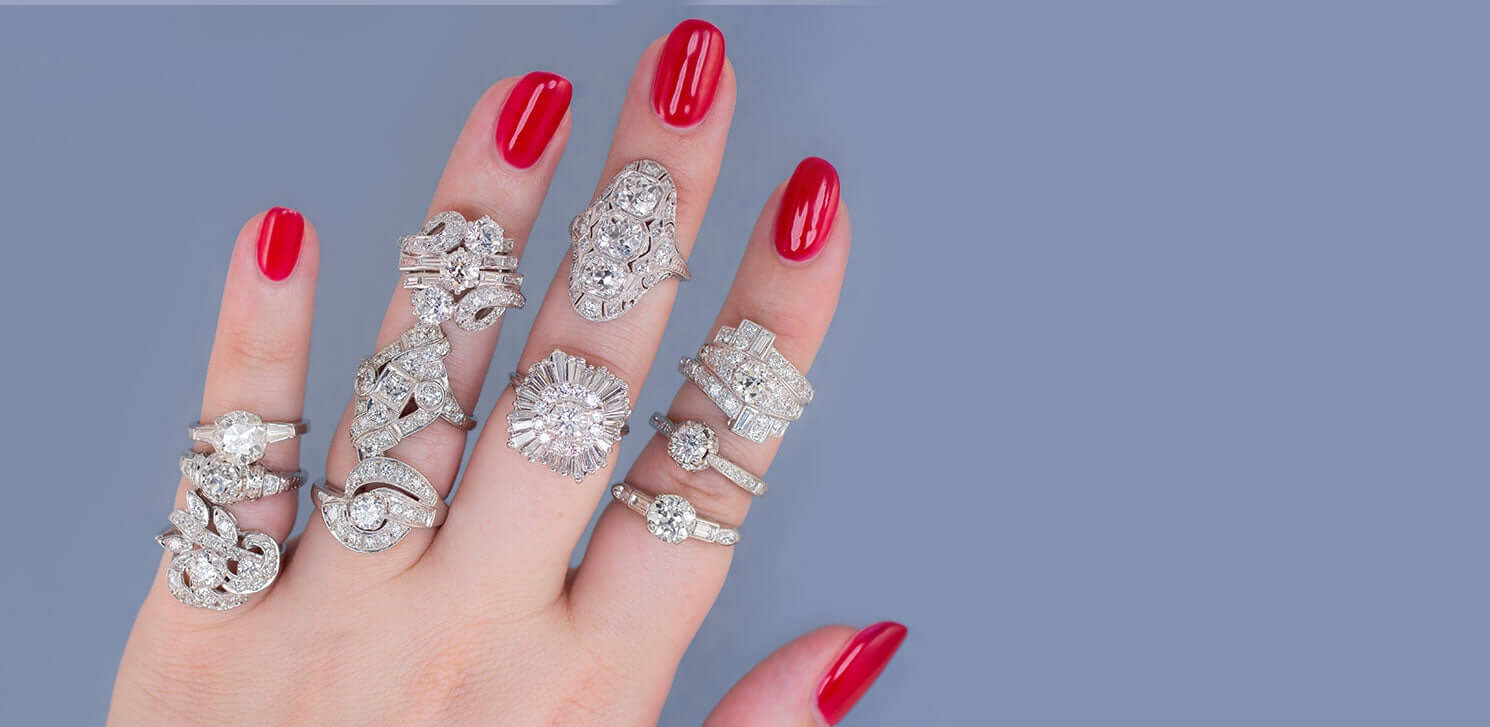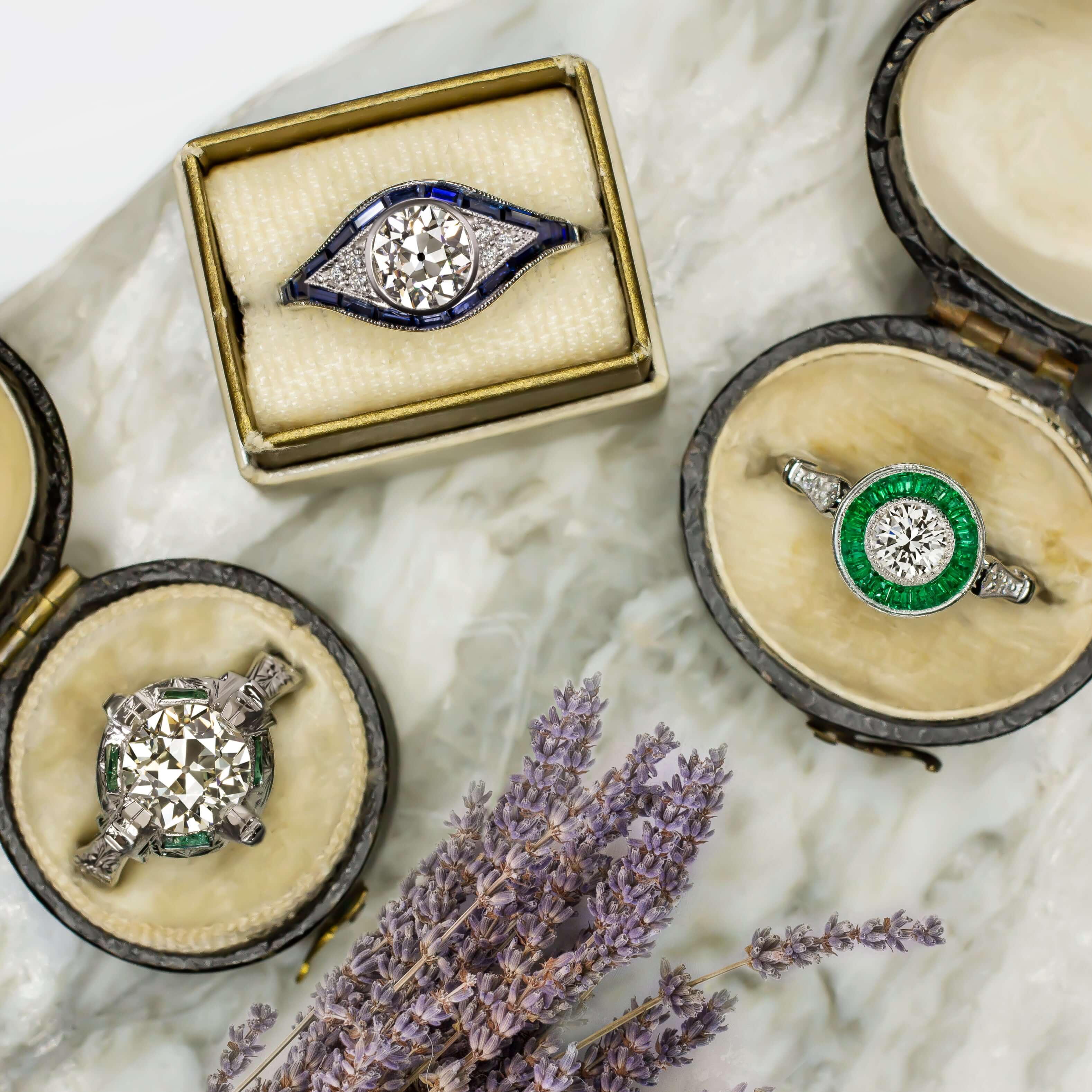Throughout history, certain art movements have left an indelible mark on the world of design. One such movement that continues to captivate enthusiasts and collectors alike is Art Deco. Originating in the 1920s and flourishing throughout the 1930s, Art Deco jewelry represents a stunning synthesis of opulence, geometric shapes, and modernist aesthetics. From the exquisite craftsmanship to the use of luxurious materials, Art Deco jewelry holds a timeless allure that continues to inspire contemporary artisans. In this blog post, we delve into the captivating world of Art Deco jewelry, exploring its history, defining characteristics, and enduring legacy.
A Brief History
Emerging in the aftermath of World War I, Art Deco represented a departure from the ornate, flowing lines of the Art Nouveau movement. It embraced a more streamlined and geometric style, influenced by the prevailing trends of the machine age, modernism, and exotic cultures such as Ancient Egypt and the Far East. The term "Art Deco" itself is derived from the 1925 International Exposition of Modern Decorative and Industrial Arts held in Paris, which showcased the movement's defining characteristics.
Defining Characteristics
Geometric Forms: Art Deco jewelry embraced clean lines, geometric shapes, and bold symmetry. Rectangles, triangles, circles, and trapezoids were commonly employed, creating a sense of balance and visual harmony.
Precious Materials: Crafted during a period of economic prosperity, Art Deco jewelry often featured luxurious materials. Platinum became highly popular due to its strength and ability to showcase the brilliance of diamonds and gemstones. Precious gems like emeralds, rubies, and sapphires were frequently used, along with less traditional choices such as onyx and coral.
Contrasting Colors: Art Deco jewelry employed striking color combinations, often using contrasting shades to create visual impact. Black and white combinations, as well as vibrant pairings like emerald green and ruby red, were common. These contrasting hues heightened the drama and sophistication of the pieces.
Symmetrical Motifs: Symmetry played a significant role in Art Deco jewelry design. Motifs such as sunbursts, chevrons, zigzags, and fan shapes were meticulously incorporated to create balance and visual interest.
Enduring Legacy
Art Deco jewelry enjoyed widespread popularity during its heyday and continues to inspire contemporary designers. Its influence can be seen in the works of renowned jewelry houses and modern artisans who seek to evoke the glamour and elegance of the era. Collectors and connoisseurs value Art Deco pieces for their timeless beauty, exceptional craftsmanship, and historical significance.
Moreover, Art Deco jewelry has permeated popular culture, appearing in films set in the 1920s and 1930s, such as "The Great Gatsby" and "Murder on the Orient Express." The enduring allure of Art Deco design has made it a coveted choice for those seeking to make a statement and add a touch of sophistication to their personal style.
In conclusion, Art Deco jewelry represents a remarkable fusion of elegance, innovation, and cultural influences. Its enduring legacy and timeless appeal continue to captivate admirers, making it an essential component of any discerning jewelry collection. Whether adorned with diamonds, colored gemstones, or a combination of both, Art Deco jewelry stands as a testament to the skill of artisans from a bygone era. So, next time you catch a glimpse of an intricately designed Art Deco piece, take a moment to appreciate the exquisite craftsmanship and the lasting impact of this remarkable artistic movement.

